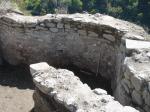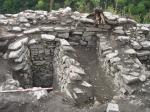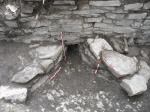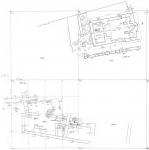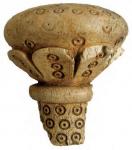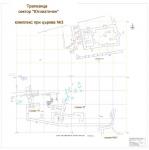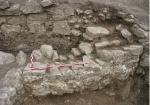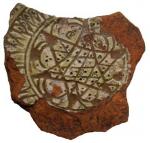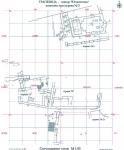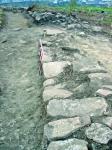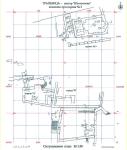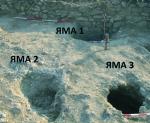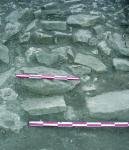Monuments
Periods
- No period data has been added yet
Season
- EXPLORATIONS ON TRAPEZITSA HILL (Mirko Robov – mrobov@abv.bg) A section of the southern fortification wall, 45 m long, was explored. A semicircular tower, 4.30 m long, was discovered. The fortification wall was 2 m wide and was constructed of well-cut ston... Read More
- EXPLORATIONS ON TRAPEZITSA HILL (Mirko Robov – mrobov@abv.bg) The fortification wall was built during the 1180s, judging from coins of Manuel I Komnenos and Isaac II Angelos. The bedrock was cut out and leveled for the foundations of the wall. Two posthole... Read More
- EXPLORATIONS ON TRAPEZITSA HILL (Mirko Robov – mrobov@abv.bg) The cultural strata to the west of Church No. 3 were up to 2.10 m thick. The earliest stratum dated to the Early Iron Age and contained Thracian pottery and animal bones. A bronze dagger was fou... Read More
- TARNOVO (Mirko Robov – mrobov@abv.bg) The explorations of the architectural complex continued to the west of Church No. 3. Stone tools and sherds of the end of the 5th – beginning of the 4th millenia BC were found. The stratum of the 12th – 14th centuries ... Read More
- TARNOVO (Mirko Robov – mrobov@abv.bg) The explorations of Church No. 21 continued. It measured 14 m by 11.50 m and was built to the south of the civic architectural complex at Church No. 3. Church No. 21 was built during the first half of the 13th century ... Read More
- TARNOVO (Mirko Robov – mrobov@abv.bg) Ramshackle houses, hearths and three pits were discovered, dated from the end of the 12th century to the 1230s – 1240s. They were related to the blacksmith workshops situated nearby. One of the pits contained animal bo... Read More
- 1000 AD
- 1200 AD
- 1400 AD






![Download [PDF]](/excavation/skins/fasti/images/results/download_sml.png)
